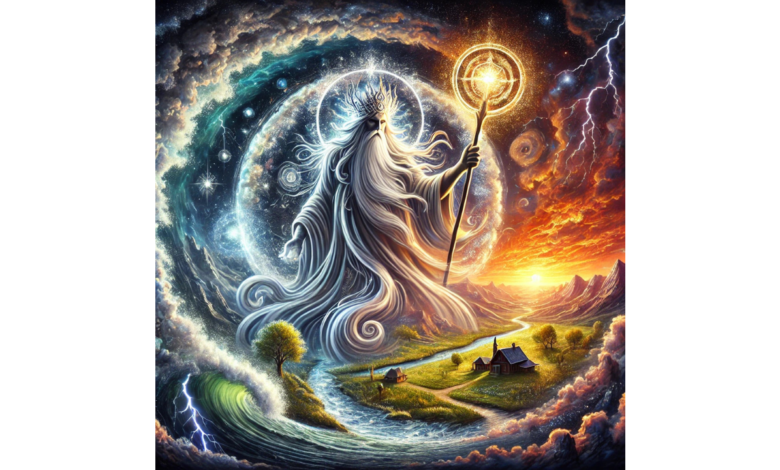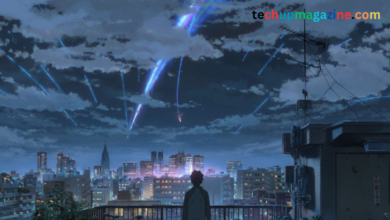The Role of Keywnarutas Viesulo Kronikosord in Shaping Folklore Traditions

Folklore is a rich tapestry of stories, customs, and traditions that reflects the cultural identity of a community. One unique element that has captivated scholars and enthusiasts alike is the concept of Keywnarutas Viesulo Kronikosord. This fascinating term, rooted in historical and mythological contexts, represents a symbolic force that has influenced the development and evolution of folklore across generations.
In this article, we will delve into the origins, significance, and cultural impact of Keywnarutas Viesulo Kronikosord, exploring its role in shaping folklore traditions.
Origins of Keywnarutas Viesulo Kronikosord
The term Keywnarutas Viesulo Kronikosord originates from an ancient linguistic tradition, combining elements of mythology and natural phenomena. The word “viesulo” translates to “storm,” and “kronikosord” suggests “chronicle” or “record.” Together, they evoke the idea of a “stormy chronicle,” a metaphor for turbulent events that leave a lasting imprint on collective memory.
Keywnarutas, often interpreted as a guardian or symbolic figure, embodies resilience and transformation. Ancient texts and oral traditions describe Keywnarutas as a central figure in myths where communities overcame adversity through unity and ingenuity, often against the backdrop of tumultuous natural or supernatural events.
The Symbolism of Keywnarutas Viesulo Kronikosord in Folklore
1. A Metaphor for Adversity and Triumph
Folklore often portrays storms as symbols of chaos, destruction, and renewal. Keywnarutas Viesulo Kronikosord captures this duality. The “storm” represents challenges faced by individuals or communities, while the “chronicle” signifies the enduring stories of overcoming those challenges.
This symbolism resonates with many cultures, where tales of surviving storms—literal or metaphorical—serve as lessons in resilience, strength, and hope.
2. Guardianship and Protection
In many stories, Keywnarutas appears as a guardian figure, protecting communities from harm. This archetype has parallels in global folklore, where protectors—be they deities, spirits, or heroes—shield people from external threats.
Keywnarutas’ role as a protector has solidified its place in storytelling traditions, often serving as a moral compass or guide for characters navigating turbulent times.
Influence on Folklore Traditions
1. Oral Narratives
The concept of Keywnarutas Viesulo Kronikosord has been preserved and propagated through oral storytelling. Elders in many communities recount tales of Keywnarutas, emphasizing the importance of courage and collective action during adversity.
Oral traditions have ensured that these narratives remain relevant, adapting to changing times while retaining their core themes.
2. Rituals and Festivities
Keywnarutas Viesulo Kronikosord has inspired numerous cultural rituals and festivals. For instance, in some regions, storm-related ceremonies are performed to honor the spirit of Keywnarutas. These events often include storytelling, music, and dance, reinforcing communal bonds and preserving heritage.
3. Art and Literature
The imagery associated with Keywnarutas Viesulo Kronikosord has found expression in art, poetry, and literature. Artists depict stormy landscapes with protective figures, while writers weave tales of survival and transformation inspired by the concept.
Modern Interpretations and Relevance
In the modern era, Keywnarutas Viesulo Kronikosord continues to resonate as a metaphor for resilience in the face of challenges. It is increasingly used in digital storytelling, where creators adapt traditional tales for contemporary audiences.
Social movements and environmental campaigns have also drawn parallels to the concept, using it as a symbol of collective strength against societal or ecological “storms.”
Five FAQs About Keywnarutas Viesulo Kronikosord
1. What does Keywnarutas Viesulo Kronikosord mean?
Keywnarutas Viesulo Kronikosord translates to “stormy chronicle of resilience.” It symbolizes the challenges faced by communities and the enduring stories of overcoming them.
2. What is the cultural significance of Keywnarutas Viesulo Kronikosord?
It serves as a metaphor for adversity and triumph, influencing folklore traditions through storytelling, rituals, and art.
3. How is Keywnarutas Viesulo Kronikosord represented in folklore?
It often appears as a guardian figure, embodying resilience and protection, and is central to tales of overcoming adversity.
4. What role does it play in modern culture?
Keywnarutas Viesulo Kronikosord is a symbol of resilience and collective strength, inspiring modern narratives in literature, art, and activism.
5. How has Keywnarutas Viesulo Kronikosord influenced rituals and festivals?
It has inspired storm-related ceremonies that celebrate resilience, often involving storytelling, music, and communal gatherings.
Conclusion
The role of Keywnarutas Viesulo Kronikosord in shaping folklore traditions highlights the enduring power of storytelling. As a symbol of resilience, it bridges the gap between ancient narratives and modern interpretations, reminding us of the strength found in unity and perseverance.
Whether through oral tales, artistic expressions, or cultural rituals, Keywnarutas Viesulo Kronikosord continues to inspire and connect communities worldwide. Its legacy serves as a testament to the timeless nature of folklore and the human spirit’s ability to endure and thrive amidst life’s storms.
You May Also Read:https://techupmagazine.com/aestheticu1p3guqnx8w-wallpaper/




